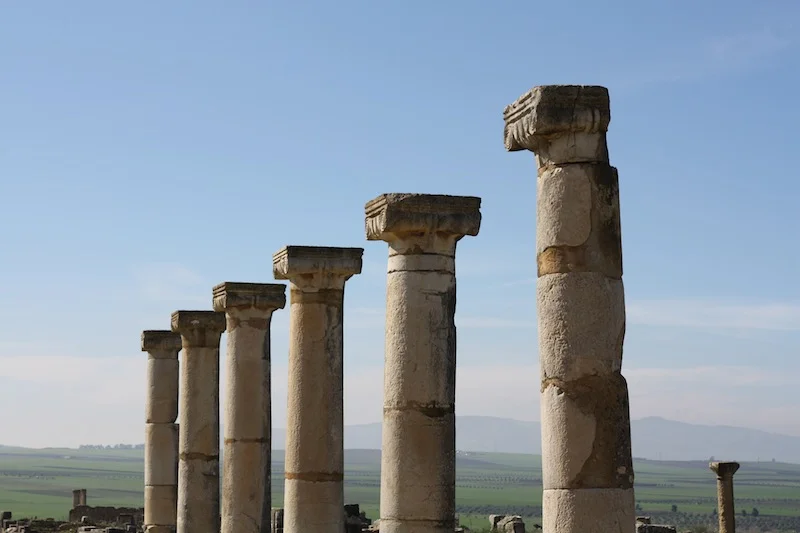How are the photos that you take today going to be relevant tomorrow?
A photo from 100 years ago is quaint, mysterious, and informative – partially because there aren’t that many of them. Today, everyone has a camera, and everyone is taking photos – In the pub a few months ago, I was talking to a historian about photography, and about what photos taken today would mean to historians of the future.
We’ve all got a string of iconic photos in our heads. The ones that capture a particular time, place, or event – for example the VJ Day celebrations in London that marked the end of the Second World War or the fall of the Berlin Wall. But have you ever considered what it is that makes a photograph historically valuable, or what you might need to do to take one of those photos?
Says Daniela: “Haje and I were talking about this a while ago, and seeing as I’m a historian to whom he’s taught an awful lot about photography, he thought I might have something to say about it. Turns out, I do…”
I’ve spent many years studying history; ancient history, to be precise. To learn about life in Rome 2000 years ago, I rely on the books, the treatises, and the letters written by the people who lived then. To some extent, I benefit from physical artefacts, too: sculpture, coins, mosaics, wall-paintings, architecture, and some fantastic archaeology. But of course, I don’t have any photographs. What I am able to ‘see’ of that world is severely limited. My view, my image, of ancient Rome exists almost entirely in my head. So when I was asked ‘If you could have some photographs, some snapshots, taken of Rome in the year 70, what would you ask for?’ my mind started to race.
Initially, I wanted images of things that we knew existed, but have since been destroyed or have faded away. Things such as Agrippa’s map of the world, and Nero’s – by all accounts hideously ugly – Golden House. These were things so remarkable, so famed that even now, thousands of years after they have gone, we still know that used to be and maybe have an idea of what they looked like. If nothing else, then photographs would end speculation and satisfy our intrigue. When I’d had the opportunity to consider the question in more depth, my answer was quite different.
Our knowledge of the Golden House and Agrippa’s map relies on them being unusual and out-of-the-ordinary at the time that they were constructed or drawn-up, just as we all know what The Gherkin is today. But what we have very little knowledge of, where we really struggle to build comprehensive understanding or paint even a vague image, is of the everyday, the prosaic, the mundane, the normal. When things are ordinary, we don’t pay any attention to them; it’s only bad news that makes the news. However, when you’re a historian, trying to construct an idea of life fifty, one hundred, one thousand, two thousand years ago, the normal suddenly becomes very important.
History is a very big picture with an extremely detailed narrative; knowing about the unusual things is all well and good, but what is it that makes them unusual? How does their abnormality have an impact on the normal? In effect, we want to know what the buildings are either side of The Gherkin, too. So the images, the snapshots, that I’d actually find the most valuable would be the ones of ordinary people doing everyday things. Yes, that really would include drawing water from the public fountain, buying cheese at the market, and carrying rubbish to the midden.
How then, does all of this have any relevance to the photographs that you take today? If you want to take photographs just for the sake of their beauty, probably not much. (Although that in itself will be of value to a future historian.) If you’re taking photographs that capture life as we know it, quite a bit. In one hundred or a thousand years’ time, what we take for granted will be significant to someone trying to piece together how we lived our lives.
They will learn more about our society from your photographs of the traffic stacked at junction 15 of the M25, or the deli counter at Waitrose, or the books on your shelves than they will of a thousand photographs of the Millennium Wheel or Canary Wharf. Their everyday will be different from our everyday, just as it is different from the everyday of Julia Frontina, who lived down a backstreet of the Aventine 2000 years ago.
It’s hard to imagine how those things that we consider to be normal will one day no longer be normal, or that normal is in fact interesting. But all things change, and the unusual cannot be seen as unusual without a reference point.
Recording the image of people queuing for the bus in the rain is important. So are the buskers, the street-sweepers, and the people handing out free newspapers. It’s possible that none of these things will exist at some point after we are long gone to tell others about them. But they are a part of our lives, and that is significant. So leaving behind a pictorial reference to them will help historians to see the world as we do.
Just because it’s ordinary doesn’t mean to say that it can’t be beautiful.
Daniela is a historian who is interested in photography – she has contributed to Photocritic before, when she wrote Teaching Photography to a 5-year-old






